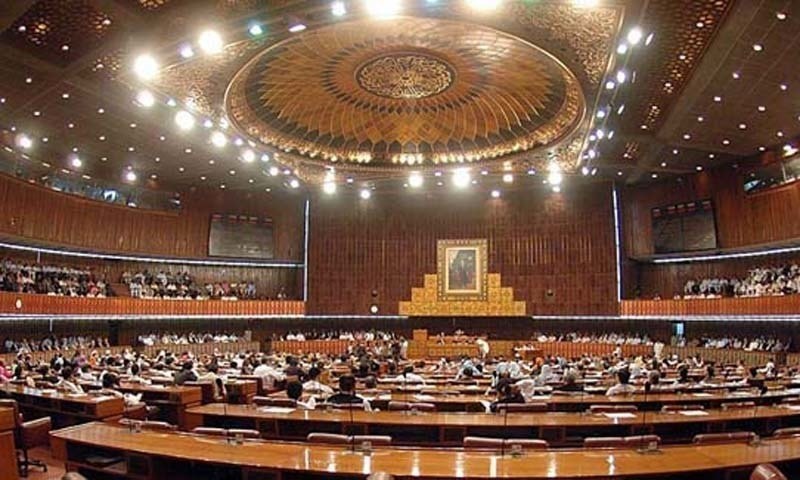Editorial
Pakistan’s foreign investment story has turned from promise to peril. Once seen as an emerging frontier market, the country is now grappling with a collapse in investor confidence. Foreign Direct Investment (FDI) — once close to USD 7 billion in 2006-07 — has fallen to just USD 342 million in 2022-23, its lowest in two decades.
The decline mirrors Pakistan’s broader economic downturn. From 8% GDP growth in 2005 to barely 1.8% between 2021 and 2024, stagnation has forced even global giants like Procter & Gamble, Shell, Telenor, Bayer, and Uber to exit. These companies cite a harsh tax regime, foreign exchange restrictions, and regulatory uncertainty as key deterrents.
Follow Republic Policy on YouTube
With corporate tax rates nearing 39% and sales tax at 18%, foreign firms face one of the heaviest fiscal burdens in South Asia. Profit margins have plunged from 9% in 2022 to barely 1% in 2024, reflecting the squeeze on business viability. The OICCI, representing 208 multinational companies, has repeatedly urged the government to rationalize taxes and ease profit repatriation restrictions.
Follow Republic Policy on X (Twitter)
Beyond taxation, Pakistan’s investors face skyrocketing energy prices, chronic import curbs, and currency volatility. The IMF programme, while stabilizing the macroeconomy, has failed to restore investor trust. High transaction costs, corruption, and overregulation further deter foreign participation in manufacturing and infrastructure.
Follow Republic Policy on Facebook
To stem the exodus, Pakistan urgently needs a comprehensive investment strategy. Economic ministries must engage bodies like the OICCI and Pakistan Business Council to create an enabling environment — one that rewards growth, ensures fair taxation, and reduces business risk.
Follow Republic Policy on TikTok
Without such reforms and a return to 5% GDP growth, Pakistan risks being locked in a low-growth trap, with shrinking technology transfers and rising unemployment — a crisis that could define its economic future.















